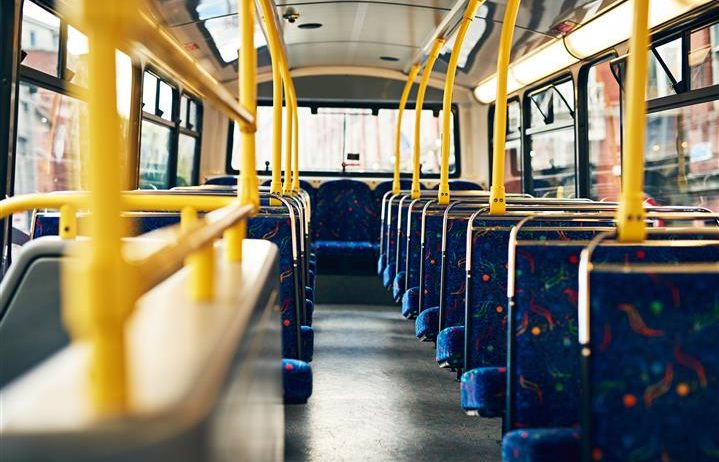Exploring Public Transportation: A Convenient and Sustainable Way to Get Around

In an increasingly urbanized world where congestion and environmental concerns are on the rise, public transportation has become a vital component of modern society. It offers an array of benefits, ranging from reduced traffic congestion and improved air quality to cost savings and enhanced accessibility. In this blog, we will delve into various public transportation options available today, highlighting their advantages and encouraging readers to embrace these sustainable alternatives for their daily commuting needs.
Bus Systems
Bus systems are one of the most common forms of public transportation found in cities around the globe. They provide an extensive network of routes, making them accessible to a large number of people. Buses offer flexibility in terms of frequent stops, allowing passengers to board and alight at various locations. They are also cost-effective and can accommodate a significant number of passengers at once. Additionally, modern bus systems often incorporate technology such as real-time tracking, making it easier for commuters to plan their journeys efficiently.
Trains and Light Rail
Trains and light rail systems are particularly popular in larger metropolitan areas. They provide a faster mode of transportation compared to buses and are known for their reliability and efficiency. Trains are often integrated into regional or national networks, allowing for long-distance travel. Light rail systems, on the other hand, offer more localized services within city limits. Both options help alleviate traffic congestion, reduce travel time, and offer a comfortable and smooth ride for passengers.
Subways and Metro Systems:
Subway and metro systems are prevalent in densely populated cities, providing a rapid transit solution for commuters. These underground or elevated rail networks offer a high-capacity transportation system, catering to a large number of passengers during peak hours. Subways and metros are known for their speed, punctuality, and frequency of service. They enable passengers to bypass traffic congestion, providing a reliable means of transportation for both short and long journeys.
Commuter Trains
Commuter trains are designed to connect suburban areas with major urban centers, offering a convenient mode of transportation for those who live outside city limits. These trains operate during peak hours, facilitating the daily commute for thousands of individuals. Commuter trains often offer amenities such as comfortable seating, Wi-Fi connectivity, and designated storage areas for bikes and luggage, enhancing the overall commuting experience.
Ferries and Water Taxis
In cities situated near bodies of water, ferries and water taxis are excellent alternatives to traditional land-based public transportation. They provide scenic and enjoyable rides, offering commuters a unique perspective of their surroundings. Ferries and water taxis are particularly beneficial for reducing road congestion, especially during peak tourist seasons or when crossing water bodies is the most efficient route. They are commonly utilized in coastal areas, riverfront cities, and islands.
Summary
Public transportation options have evolved significantly to cater to the diverse needs of commuters in today’s fast-paced world. Embracing public transportation not only eases traffic congestion but also contributes to a greener and more sustainable future. Whether it’s buses, trains, subways, or ferries, these systems provide numerous benefits such as cost savings, reduced emissions, and increased accessibility. So, next time you plan a trip or commute to work, consider opting for public transportation and experience the convenience and positive impact it brings to both individuals and communities alike.